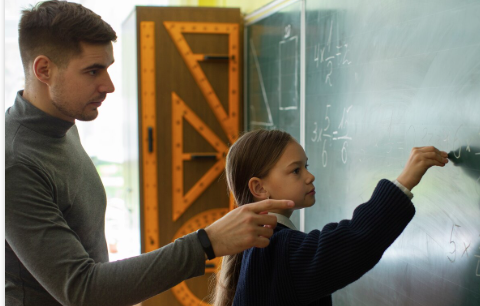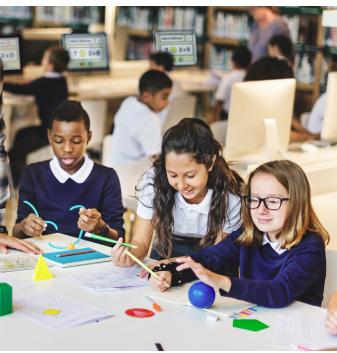Education is most effective when it meets students where they are. Student-centered learning, rooted in the power of personalization, shifts the focus from teacher-led instruction to learner-driven exploration. This approach acknowledges that each student brings unique experiences, interests, and learning styles to the classroom. By tailoring instruction to individual needs, educators can foster deeper engagement, stronger motivation, and better academic outcomes.
What Is Student-Centered Learning?
Student-centered learning prioritizes the active role of students in their educational journey. Instead of passively receiving information, students are encouraged to set goals, make choices, and take responsibility for their progress. Teachers act as guides and facilitators, creating opportunities for learners to explore, question, and collaborate.
Why Personalization Matters
Personalization makes student-centered learning possible. By customizing lessons, pacing, and assessments to reflect each learner’s strengths and areas for growth, educators create environments that support success for all. This approach helps:
- Boost confidence by recognizing individual progress.
- Promote curiosity through relevant and meaningful content.
- Encourage independence as students manage their own learning.
Strategies to Implement Personalization
- Flexible Learning Paths: Offer various ways for students to access content and demonstrate understanding.
- Goal Setting and Reflection: Encourage students to set personal goals and reflect on their progress.
- Choice in Assignments: Let students select topics, formats, or tools for completing tasks.
- Differentiated Instruction: Adapt teaching methods to meet diverse learning preferences and readiness levels.
- Use of Technology: Leverage digital tools to provide adaptive content, track performance, and support student agency.
The Role of the Teacher
In a personalized, student-centered classroom, the teacher becomes a coach and collaborator. This role involves:
- Observing and listening to students.
- Providing timely, constructive feedback.
- Designing learning experiences that are both challenging and supportive.
Benefits Beyond Academics
Student-centered, personalized learning also nurtures essential life skills. Students develop self-awareness, problem-solving abilities, and resilience. These qualities prepare them not only for academic success but also for future challenges in college, careers, and communities.
Conclusion
Student-centered learning, powered by personalization, transforms the educational experience into one that is responsive, inclusive, and inspiring. By focusing on the individual learner, schools can unlock potential and support students in becoming confident, capable, and curious lifelong learners.














